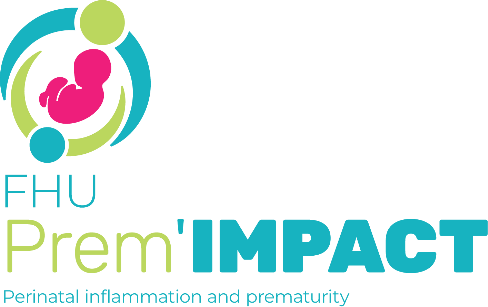Abstract
Background: Lower gestational age (GA) is linked to higher mortality and morbidity. Long-term health and developmental difficulties of individuals born moderate (MPT, 32-33 GA) and late (LPT, 34-36 GA) preterm, and early term (ET, 37-38 GA) are less explored than those of their very preterm peers.
Objectives: To test how being born MPT, LPT, or ET affects health and development at age 10, compared to full-term (FT, 39-40 GA) births.
Methods: Data from two ongoing French nationwide birth cohorts, initiated in 2011, were collected at 10 years via telephone interview (n = 8372) and home visit (n = 6418). Weighting procedures accounted for study design, non-inclusion, and participation. Outcome-wide regressions (modified Poisson, linear), adjusted for socioeconomic situation and pregnancy complications, were used to calculate adjusted relative risks (aRR) and beta-coefficients (β).
Results: No increased risk of asthma/atopy was observed for our MPT, LPT, and ET populations, except for allergic rhinitis in MPT. Strabismus was more prevalent among MPT, LPT, and ET (2.3%-3.0%) than FT (1.3%), corresponding to aRR of 1.99 (95% CI 0.91, 4.39), 1.67 (95% CI 0.85, 3.28), and 2.18 (95% CI 1.37, 3.47), respectively. MPT and LPT had increased risk of balance problems, with aRR of 1.63 (95% CI 0.81, 3.32) and 1.80 (95% CI 1.14, 2.82), respectively. MPT scored on average lower on the WISC-V full-scale IQ Matrix β = -0.6 (95% CI -1.17, -0.11) and performance IQ Puzzle β = -0.7 (95% CI -1.23, -0.26) subtests, compared to FT, and had an increased risk of dental malposition, aRR = 1.42 (95% CI 1.15, 1.75).
Conclusions: While most outcomes (respiratory, anthropometry, cardiometabolic) did not differ between MPT, LPT, ET, and their FT peers, others, including strabismus, were more prevalent among preterm and ET. Some outcomes were specific to MPT, including lower WISC-V average scores and dental issues.
